Of Monsters and Hope: Environmental Futures and Post-Apocalyptic Fiction
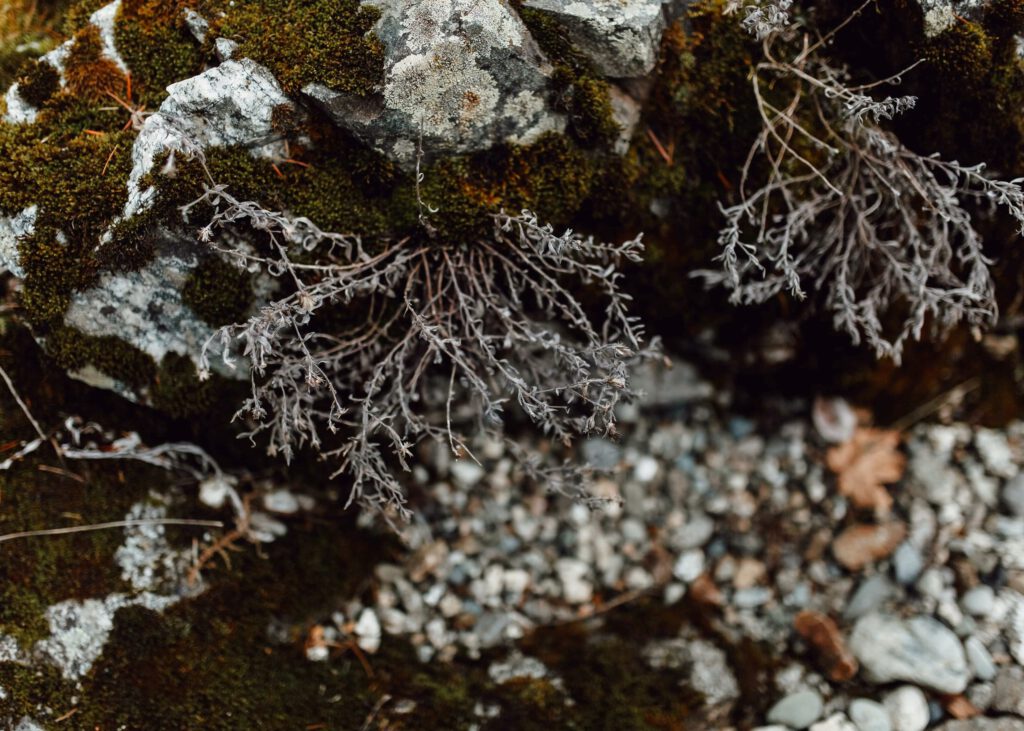
This post by Trang Dang originally appeared as part of a series on Environmental Histories of the Future on NiCHE, the Network in Canadian History & Environment.
Creative writing invites us to imagine the world differently, to listen beyond newspaper headlines to hear those quiet stories about the Anthropocene whispered in small encounters.[1]
In this article, I’m interested in how post-apocalyptic writing manifests a world devastated by past apocalypses, leaving behind death and decay, yet gives us hope and cues on how to build an environmental future of Earth in the time of ecological despair. I will consider M.R. Carey’s The Girl with All the Gifts (2014) and Jeff VanderMeer’s Borne (2017), explore their human and nonhuman monsters, the wonders and horrors of their interconnections, and the beauty of their ecological attunement and acceptance.
Facing the nonhuman monster and the monstrous human

The Girl with All the Gifts describes a humanity suffering from an infection from a fungus native to South America. Over the course of twenty years, the infection has turned humans into “hungries” whose mental powers are demolished and whose only source of food is healthy human flesh. Its past and ongoing effects engender and perpetuate “the Breakdown,” or the collapse of a once advanced human civilisation. The novel portrays an already bleak London littered with images like “ruined cars,” “abandoned vehicles,” and dilapidated houses and shopfronts “broken into and ransacked by looters of a bygone era.” In this light, the fungus is not a mere monster. Rather, it is a formidable and historic opponent capable of causing grave destruction and even eradicating the whole human race, tantamount to real-life instances observable in the medieval Black Death and the global COVID-19 pandemic.
In damaging nonhuman habitats, generating all kinds of toxic pollution, and altering the planet’s climate, many humans, too, are monsters. Borne portrays the aftermath of the invasion of the Company, a monolithic biotech firm, into an urban, nameless City. The Company exhausts this place’s resources, and genetically engineers its lifeforms into biotech weapons subservient to it. What the Company does devastates the City’s ecosystems and leaves a legacy of severe environmental damage. Like the landscape of London in Carey’s novel, the description of the City is rife with degraded environments such as “poisonous river,” “wastelands,”and “holding ponds of biotech rejects,” which together create “a convenient hell or purgatory, full of dying life.” In this story, the Company makes monsters and is itself a powerful monster, obliterating whichever life it touches.
Wonders and terrors of interspecies entanglement

Showing the monstrous after-effects of nonhumans on human lives and worlds, the post-apocalyptic moments in Carey’s and VanderMeer’s novels emphasise, and present an opportunity to reflect and recognise, that humans and nonhumans are intertwined, ecologically and biologically. In the context of human-nonhuman enmeshment, Timothy Morton remarks that “you are already a symbiotic being entangled with other symbiotic beings.”[2] Put differently, to exist is to coexist. Humans cannot function without nonhuman DNA and microbiomes so that for them to exist, they must contain a group of other entities that are not them. Swanson and others observe that “[w]ithout bacteria, our immune systems do not develop properly. Even reproduction appears to be bacteria enabled. Life, put simply, is symbiosis ‘all the way down.’”[3] Being is forever fragile and incomplete, full of gaps and holes filled in by all sorts of other kinds of being.
The Girl with All the Gifts draws us in with these symbiotic entanglements of life through its representation of child “hungries” born as a consequence of the infection. Unlike others, these child hungries can maintain their mental abilities, and only lose control of their hunger when they smell human scent. This means that the children are hungries and not quite hungries, humans and not quite humans, which manifests how we, humans, exist—containing in and around us what is, and is not, us. In Borne, intricate networks of interconnections between lifeforms are not only illustrated by the Company’s biotech products containing hybrids of human and nonhuman genes and body parts, but are also evident in the novel’s situation of the Company in a post-apocalyptic world, where it already becomes half ruined after the City’s ecosystems are “half destroyed.” This implies the history of how these ecosystems’ deterioration deters the Company’s reckless bioengineering projects, and therefore accentuates the intrinsic intertwinement between the Company and its surroundings.
Accepting human-nonhuman enmeshments

In Staying with the Trouble (2016), Donna Haraway highlights the importance of accepting the difficulty of living and dying on a damaged Earth and of “making kin as oddkin,” that is, forming bonds with beings that are “other-than-conventional biogenetic relatives.”[4] In an austere world dominated by hungries ready to gnaw on her flesh, Miss Justineau in Carey’s novel finds happiness and hope in her students, the very child hungries who are threats to her life. Unlike others who view them as mere test subjects for a cure of the disease, Justineau develops a close connection with them, and perceives them as just children deserving of affection, care, and education. She sees their beauty and innocence, and embraces their monstrosity and differences. Justineau’s acceptance instigates the same response from the child hungries, and is what keeps her alive. The novel hints that Justineau is the only survivor, and ends with her teaching a new group of child hungries who will become “the next people” and who are hungries and not hungries, humans and not humans.
Similarly, VanderMeer’s protagonist, Rachel, makes oddkin with a piece of salvaged sentient biotech, which she names Borne. Rachel states that “most scavengers would see him as the ultimate scrap,” and her partner considers him to be a dangerous weapon. But like Justineau, Rachel forms an intimate connection with Borne despite whether he might be harmful to her. In an already ruined City seemingly devoid of happiness and hope, Rachel says: “Borne makes me happy.” This indicates that what is problematic is the way some humans perceive nonhumans’ value on the basis of the latter’s utility. What happens if these humans embraced all beings around them? The answer is love and hope. VanderMeer’s novel ends, “so many years later,” with Rachel and her partner inviting others to live in their apartment, taking care of children “with no place to go.” The river is “not as polluted as before,” and “one day may be truly beautiful.”
Situated in a post-apocalyptic setting, and thus being able to underline the post-disastrous consequences of human and nonhuman actions, The Girls with All the Gifts and Borne warn us about how destructive and monstrous humans and nonhumans can be “[i]n all our heedless entanglements with more-than-human life.”[5] Many of us exhaust Earth’s resources to the detriment of others and nonhumans, and in return, nonhumans impinge on our lives and encroach on our shared places. A future of Earth is only possible when we realise these unescapable, vulnerable, and dangerous entanglements, and accept, welcome, and attune to them. For, as the novels point the way, there is a future of love and care even in post-apocalyptic, ruined landscapes.
[1] Swanson et al., Arts of Living on a Damaged Planet: Ghosts and Monsters of the Anthropocene (Minneapolis, MN: University of Minnesota Press, 2017), 8-9.
[2] Timothy Morton, Being Ecological (Cambrdige, MA: MIT Press, 2018), 125.
[3] Swanson et al., Arts of Living on a Damaged Planet, 117.
[4] Donna J. Haraway, Staying with the Trouble (Durham, NC: Duke Univeristy Press, 2016), 2, 221.
[5] Swanson et al., Arts of Living on a Damaged Planet, 2.
*Cover image credit: Nature Uninterrupted Photography on Unsplash.

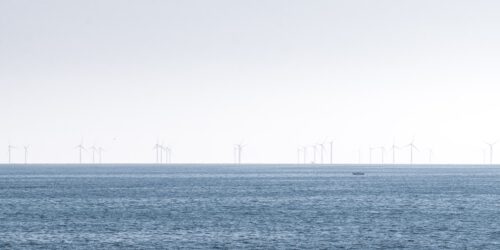
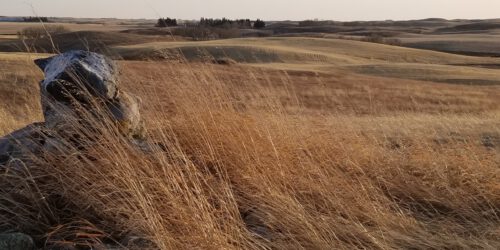
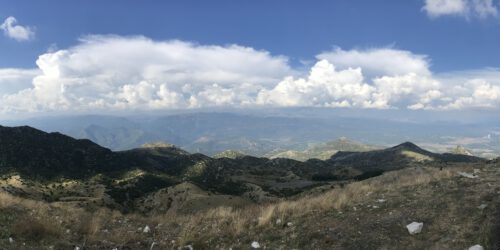

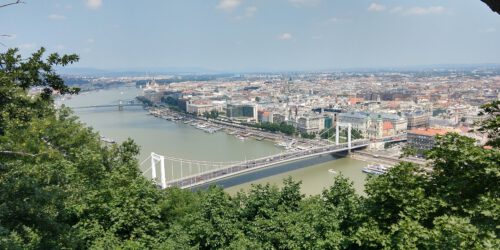
1 Response